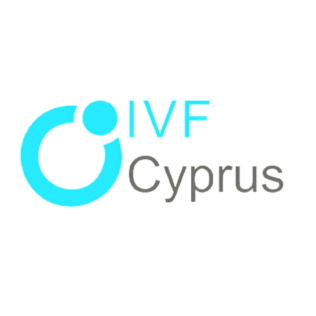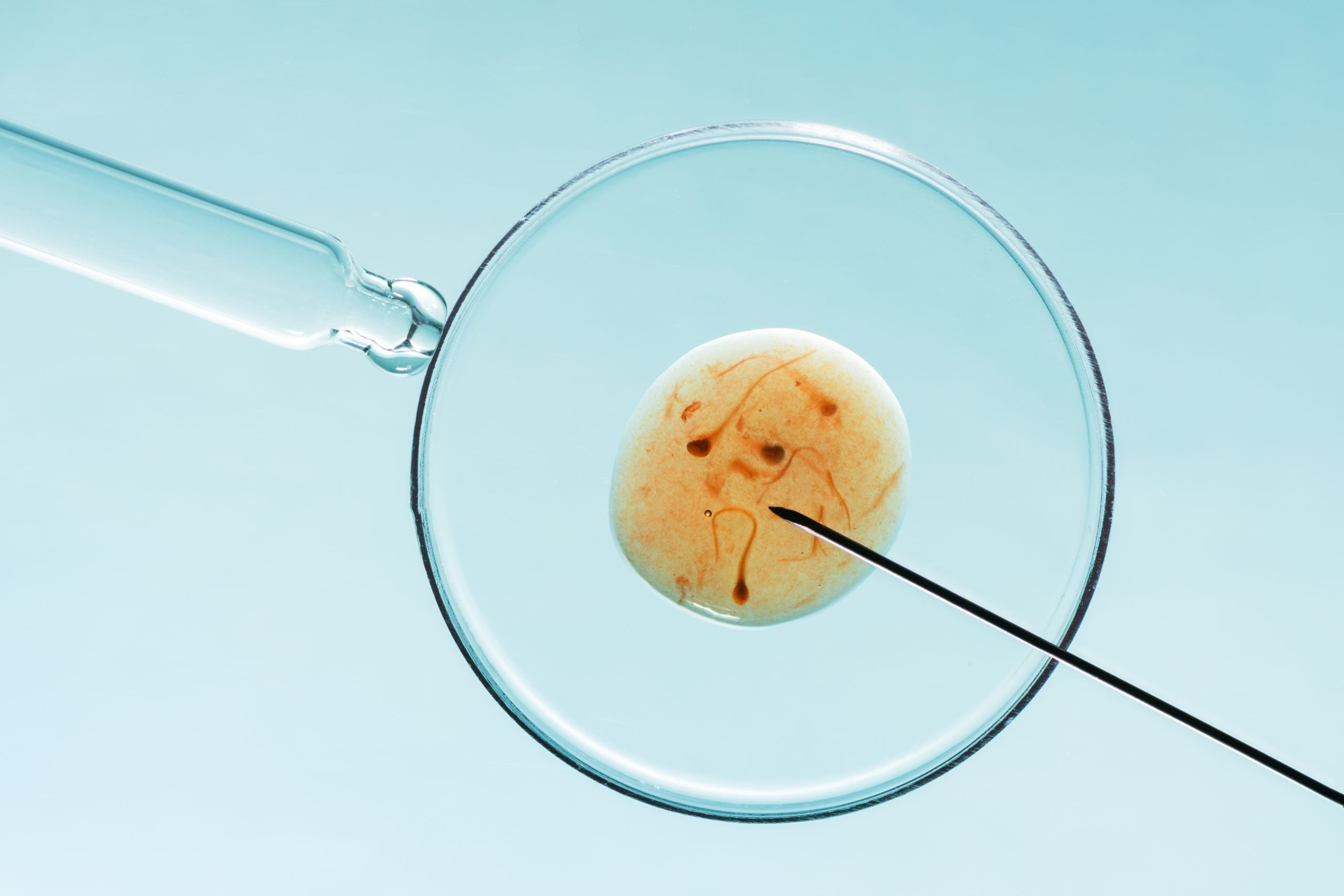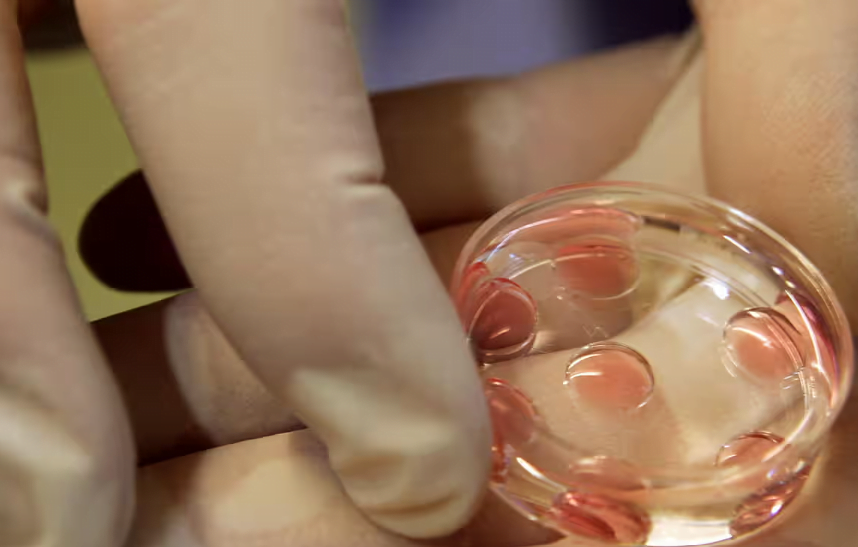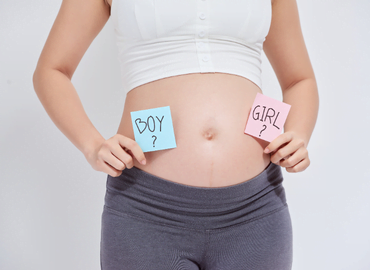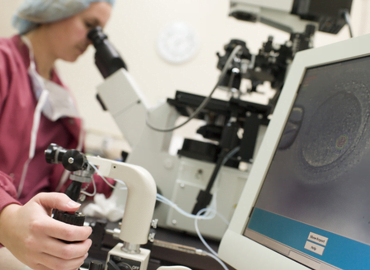TREATMENTS
- IVF (In-Vitro-Fertilisation)
Our clinic completes around 600 IVF cycles each year, involving egg collection, laboratory fertilization, and embryo transfer to the uterus, all within a concise three-week cycle. Read more…
- Egg Donation
Egg donation offers a vital path to pregnancy for those facing infertility, enabling individuals or couples to conceive using eggs from a healthy donor. It’s a key part of assisted reproductive technology, providing hope to many. Read more…
- Gender Selection
Gender selection enables parents to choose their child’s sex through a process that includes egg and sperm collection, laboratory fertilization, and selecting embryos of the desired gender for uterine implantation. Read more…
- ICSI
Intracytoplasmic Sperm Injection (ICSI) is a fertility treatment in which a single sperm is injected into the egg for fertilization by using fine equipment of micro-manipulation. ICSI is a part of the In Vitro fertilization (IVF) procedure. Read more…
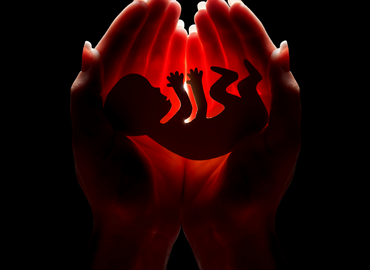
- Donor Embryo
Embryo donation is a process utilized when a couple cannot conceive through IVF technology using their egg and sperm. In this sort of case, the couple can choose to adopt an embryo formed from a donor egg which is fertilized using unrelated donor sperm. Read more…
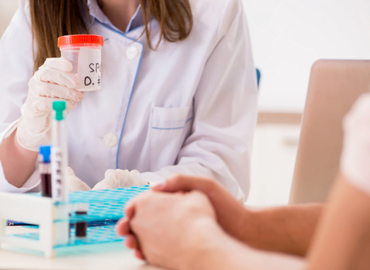
- Donor Sperm
Sperm donation procedure is necessary if the physicians are unable to find sperm from the males after Micro TESE ( microsurgical testicular extraction) which is an advanced operation.
In addition to that, very low sperm quality is also an obstacle to the success of IVF treatments. Read more…
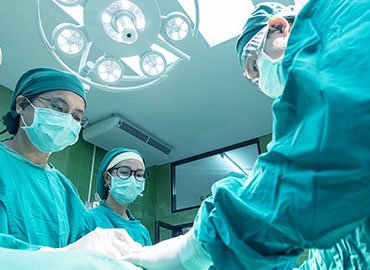
- ART (Assistant Reproductive Technology))
ART includes all fertility treatments in which either eggs or embryos are handled. In general, ART procedures involve surgically removing eggs from a woman’s ovaries, combining them with sperm in the laboratory, and returning them to the woman’s body or donating them to another woman.
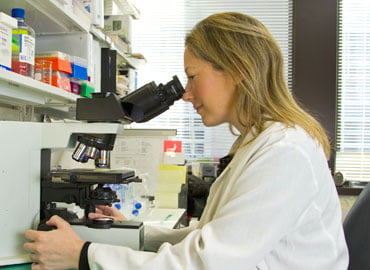
- Laboratory
The laboratory needs to fertilize as many eggs as possible, cultivate the resulting embryos to a healthy state, be able to biopsy the healthiest embryos for genetic testing and then freeze/thaw either eggs or embryos for future use. Each step is crucial and must be operated carefully.

- Surrogacy
Surrogacy is an arrangement in which a woman (the surrogate) agrees to carry and give birth to a child on behalf of another person or couple (the intended parent/s). Traditional surrogacy uses the sperm of the intended father to fertilize the surrogate’s egg. The surrogate mother carries the pregnancy to full term, delivering the baby for the parents to love and raise.
